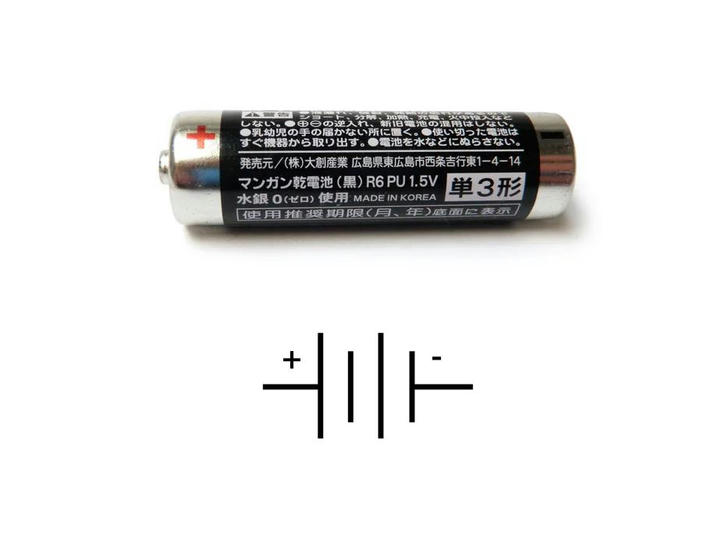Basic Electronics for Beginners in 20 Steps
Step 14: Batteries

A battery is a device that converts chemical energy into electrical energy, essentially "storing power" for later use.
When you connect batteries in series, you add their voltages together, but the current stays the same. For example, a single AA battery provides 1.5V. If you connect three AA batteries in series, the total voltage will be 4.5V. Adding a fourth battery will bring the total voltage to 6V.
When batteries are connected in parallel, the voltage stays the same, but the total current available doubles. This is less common than connecting batteries in series, and it's typically only done when a circuit needs more current than a single series of batteries can provide.
It’s recommended to get a variety of AA battery holders—like ones that hold 1, 2, 3, 4, and 8 AA batteries—to suit different needs.
In circuit diagrams, batteries are represented by a series of alternating short and long lines. Additional markings indicate the power, ground, and voltage rating.
